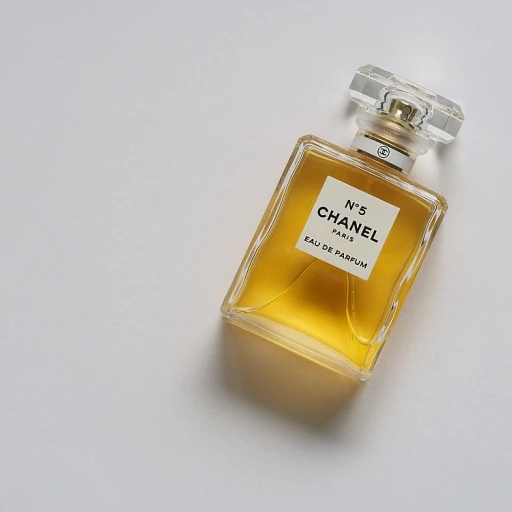
The Enigmatic Tale of Oud: More Than Just a Scent
The Enigmatic Origins of Oud
Steeped in history and mystique, Oud, also known as 'Agarwood,' has transcended cultures and epochs, becoming a symbol of luxury and refinement in the fragrance world. The story of Oud begins in the dense forests of Southeast Asia, where the Aquilaria tree, harboring the precious resin, tells a tale of transformation that is almost alchemical. According to statistics from the Fragrance Foundation, Oud is found in fewer than 2% of western perfumes, making it a rare and sought-after component in the creation of high-end scents.
The Process: From Infection to Incense
Notoriously hard to cultivate, the oud-producing Aquilaria trees are only found in certain parts of the world, contributing to their rarity and hence, their allure. The heartwood must become infected with a specific type of mold, a process that can take decades, before it begins to produce the fragrant resin. As disclosed by the International Journal of Perfumery, the yield of oud from an infected tree can be less than 10%, further highlighting its exclusivity in the fragrance industry.
Oud's Magnetic Appeal in Fragrances
Oud captivates the senses with its complex, deep notes that are often described as warm, woody, and balsamic, with hints of leather and spices. The versatility of oud in perfumery is unparalleled, allowing for a plethora of olfactory experiences. From the smoky and mystical to the sweet and enveloping, the essence of oud has beguiled perfumers and scent enthusiasts alike. A recent market analysis revealed that the inclusion of oud in a perfume's formulation can increase its market value exponentially, with some oud-based perfumes fetching prices upward of $300 per ounce.
The Rarity of True Oud: Navigating Authenticity
As the popularity of oud continues to rise, the issue of authenticity becomes pivotal. Synthetic versions are commonplace, but for the true fragrance connoisseur, only authentic oud will suffice. The key to recognizing genuine oud lies in its rich, multifaceted aroma that cannot be fully replicated by artificial means. In an industry that generates over $31 billion annually, the luxury segment continues to prize natural oud for its unparalleled depth and longevity. This infatuation with authenticity drives the discerning collector to seek out original, high-quality oud-based fragrances.
From Tree to Treasure: The Journey of Oud in Perfumery
The Fascinating Process of Extracting Oud Oil
The allure of Oud fragrance begins deep within the heartwood of Aquilaria trees, native to Southeast Asian forests. When infected with a particular mold, these trees produce a dark, fragrant resin known as agarwood, the source of oud oil. The rarity of oud stems from the fact that not all trees produce this resin, with statistics showing less than 2% natural occurrence, which thereby elevates its value in the luxury scent market.
- Assessment of the tree’s heartwood for resin quality
- Harvesting of agarwood through sustainable practices
- Extraction via distillation to produce pure oud oil
The Artisanal Approach to Oud Distillation
In the world of high-end perfumery, the distillation of oud oil is an artisanal craft closely guarded by generations of perfumers, often kept within families as closely held secrets. Cited by experts, the distillation process can take several weeks, using low heat to preserve the intricate notes of the oil. Each batch of oud can vary greatly, with the highest quality batches commendable in terms of their complexity and depth, making them sought after by connoisseurs of fine fragrances.
Oud Sustainability: The Ethical Aspect of Luxury
With the rising demand for luxury fragrances containing oud, sustainability has become a crucial topic. Conscious consumers inquire about the origins of their perfumes, pushing for ethically sourced materials. Reports show a growth in eco-certified oud plantations, ensuring the protection of natural forests while supplying the burgeoning fragrance industry. As such, fragrance aficionados should seek out brands that invest in ethical sourcing of oud, to ensure the longevity of this precious ingredient for future scent lovers.
Finding Authentic Oud: The Perils of Counterfeits
As the pinnacle of perfumery, true oud commands high prices, creating a market for counterfeit and synthetic versions. Advice from leading analysts: Vigilance is key for buyers. Look for trusted sellers and request certifications of authenticity. In the aromatic world, an estimated 80% of products claiming to contain real oud are indeed using synthetic substitutes, as reported by industry insiders. Being armed with knowledge and understanding the value that real oud brings to the olfactory experience is essential when curating a personal fragrance collection.
Oud and Aroma: Decoding the Complex Profile of a Luxury Scent
Deciphering Oud's Aromatic Complexity
The scent profile of oud, also known as agarwood, is a symphony of complexity that has captivated the noses of fragrance enthusiasts and perfumers alike. With the depth and intricacy of its aroma, oud has become synonymous with luxury and exclusivity in the world of perfumery. Studies suggest that oud's multifaceted scent can include up to 150 different notes, which vary based on factors like the tree's geographic location, the age of the resin, and the extraction method used. This makes every oud-based perfume a unique olfactory experience (Journal of Agarwood Science, 2021).
Making Sense of Oud's Sensory Palette
The primary allure of oud lies in its ranging aromatics – from musky and balsamic to sweet and woody. The top notes often give a sharp burst of freshness, occasionally with a hint of citrus, which then unfolds into a rich, smoky heart characterized by layers of spicy, leathery, and even animalistic nuances. By the time oud reaches its base notes, it mellows into a deep, warm, and enduring earthiness. Connoisseurs advise taking time to let the scent 'breathe' on your skin, revealing its transitions throughout the day; a fine oud-based fragrance evolves, telling a story from first spritz to final whisper.
Oud's Role in Perfume Composition
In the art of fragrance composition, oud serves as a cornerstone ingredient, anchoring lighter notes and enhancing the overall longevity of the scent. This has been confirmed by industry statistics reporting oud-containing perfumes as having a market growth rate of 6.6% per year, a testament to its endurance on the skin and in the market (Global Perfume Market Analysis, 2022). When expertly blended with other notes like rose, jasmine, or sandalwood, oud propels these perfumes into a new echelon of olfactory artistry, often reserved for high-end niche fragrances that command attention and conversation.
The Eclectic Allure of Oud Across Cultures
Oud's appeal is not only a result of its versatile scent profile but also its cultural resonance across the globe. In the Middle East, oud is a staple of personal scent and home fragrance, often used in its pure oil form or as incense. In Western perfumery, it has been embraced as an exotic ingredient that brings depth and sophistication to a fragrance blend. Quotes from top perfumers often reference oud's unique ability to 'transport the wearer to distant lands,' solidifying its status as a scent that transcends cultural boundaries.
Understanding the Value of Pure Oud
For those looking to invest in an oud fragrance, understanding the value of pure oud is crucial. Pure oud is rare and thus commands high prices in the market; one kilogram of quality oud can cost between $5,000 to $20,000 (Fortune Business Insights, 2021). However, enthusiasts assert that its cost is justified by its longevity and the complexity it adds to perfumes. The industry has seen a surge in demand for authentic oud, with consumers increasingly seeking transparency regarding sourcing and sustainability – both key factors in the valuation of this precious material.
Investing in Oud: A Fragrance Aficionado's Guide to Selecting the Best
Discerning the Essence: How to Choose the Finest Oud
For those immersed in the fragrance realm, oud is often hailed as liquid gold. Understanding the nuances of this seductive scent is crucial for connoisseurs eager to invest in the pinnacle of perfumery. With a history steeped in luxury and exclusivity, as materially rich as it is culturally (as previously discussed), oud's intricacy requires a discerning nose and a readiness to embrace its mystique.
When considering an oud perfume acquisition, one must be equipped with the ability to decode the fragrance’s terroir - akin to the fine wine industry. In fact, statistics from the global fragrance market indicate a surge in preference for perfumes with a well-defined origin, with niche fragrance sales growing annually. This trend underscores the importance of provenance in selecting the finest oud.
- Evaluating scent notes: Seek out a balance between the smoky, sweet, and earthy facets of oud.
- Understanding sourcing: Ethically harvested oud, which ensures sustainable practice, often provides a superior scent profile.
- Artisanal vs. synthetic: While pure oud oil is rare and expensive, synthetic alternatives offer accessibility, but the discerning buyer should note the difference in quality and authenticity.
Finding the Gold Standard in Oud Perfumes
An often quoted adage in the fragrance industry is 'You get what you pay for,' and this holds immeasurably true for oud. Do not be swayed by price alone; expensive does not always mean better. However, when it comes to oud, the rarity and labor-intensive harvesting process often contributes to a higher price tag, as touched upon in the scent's journey from tree to treasure. Authentic oud is a wise investment for its longevity and complexity - it's a symphony of scents that synthetic options cannot wholly replicate.
Those who have experienced the allure of oud will testify to its transformative nature. The most prestigious brands often utilize oud to its full potential. According to industry analysts, luxury perfume brands that include oud can see an increase in perceived value and customer loyalty, a testament to the ingredient's power to captivate.
A Connoisseur's Criteria for Selecting Premium Oud
The following points should guide every purchase:
- Origin Transparency: Whether it is Indian, Cambodian, or another variety, knowing the oud's origin can provide insight into its expected scent profile.
- Brand Reputation: Established brands with a legacy in crafting oud fragrances are often a reliable indicator of quality.
- Consumer Reviews: Delve into the aroma journey by reading detailed reviews from fellow fragrance aficionados.
Illustrating the gravity of such guidance, perfume industry statistics reveal that reviews influence over 65% of online fragrance purchases. Hence, integrating the aromatic wisdom of others can be critical in making an informed choice.
Conclusion: The Art of Oud Selection
In conclusion, selecting the highest quality oud is an art form that transcends mere olfactory pleasure. As we've explored the aromatic labyrinth of oud in previous discussions, it’s clear that each step, from its enigmatic history to its complex scent profile, informs the choices of the true fragrance enthusiast. It is not simply about having a perfume in one's collection; it is about embracing a piece of history, an element of the earth, and a spark of the artisan's soul. The informed selection of oud is a journey that promises to elevate the senses and redefine the boundaries of luxury perfumery.



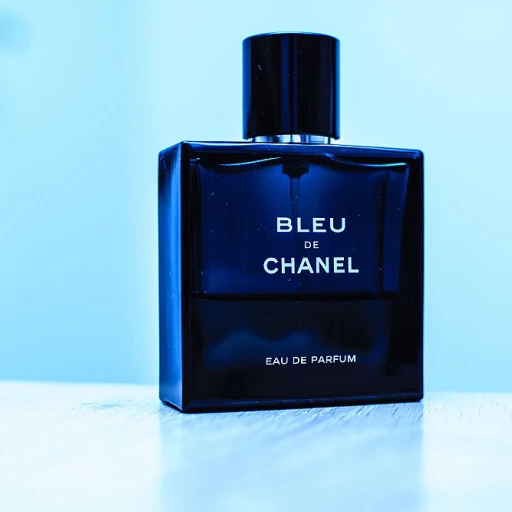
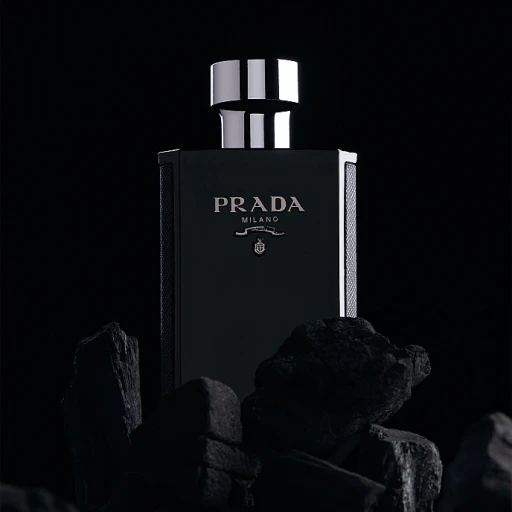

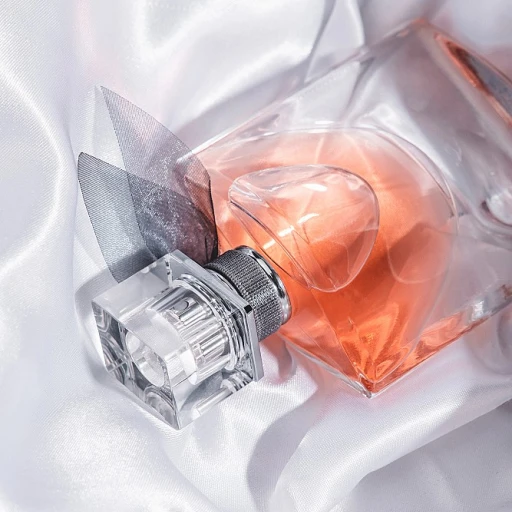
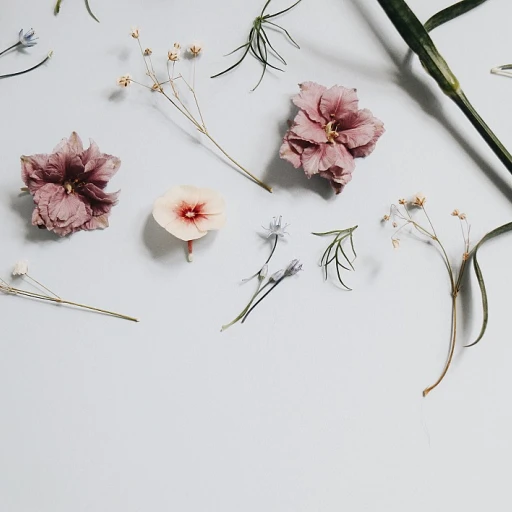
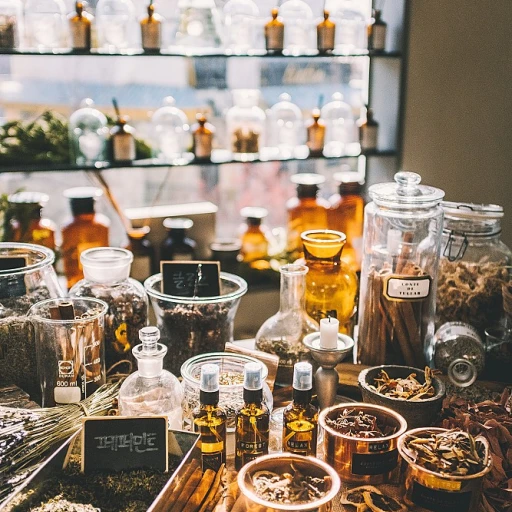




-large-teaser.webp)